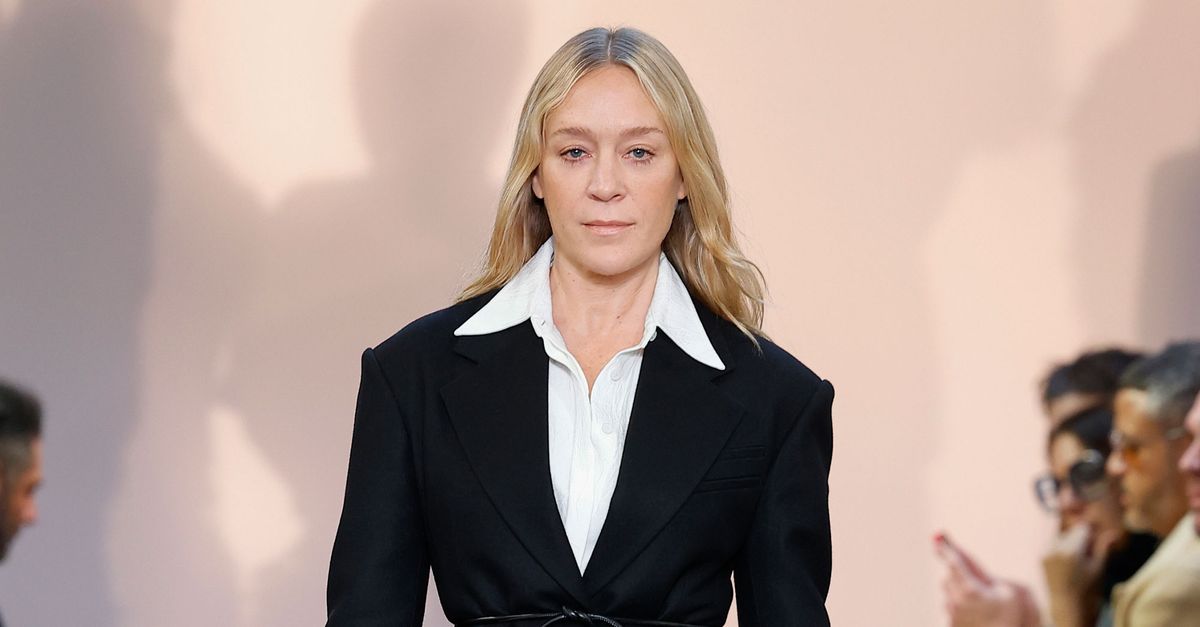Packages of ground beef are displayed at a Costco store on May 02, 2024 in Novato, California.
Justin Sullivan | Getty Images
Consumers in April raised their expectations for price increases both in the near and longer term, fueled by higher inflation in home prices along with fuel and energy, according to a New York Federal Reserve survey released Monday.
The central bank’s New York district reported in its monthly Survey of Consumer Expectations that the outlook increased across the one- and five-year horizons as respondents expressed little confidence the Fed will reach its 2% inflation goal anytime soon.
On a one-year basis, the expectation increased to 3.3%, up 0.3 percentage point from March and the highest since November 2023. For the five-year outlook, the expectation rose to 2.8%, up 0.2 percentage points. However, at the three-year horizon, the outlook fell to 2.8%, down 0.1 percentage point.
The results mirror the University of Michigan sentiment survey released Friday that showed the one-year outlook for May at 3.5%, also up 0.3 percentage point, while the five-year outlook nudged higher to 3.1%.
All of the readings are well ahead of the Fed’s 2% goal and reflective of the stubborn nature of inflation this year following a substantial disinflationary trend in 2023.
Inflation pressures are expected to come from a wide variety of sources. However, expected increases in housing prices are particularly troublesome for policymakers who expected shelter costs to ease this year.
Respondents to the survey indicated they expect median home price growth of 3.3% over the next year, up 0.3 percentage point from a level that had remained steady for seven months. That was also the highest reading since July 2022 and boosted by those with a high school degree or less, a lower-income cohort of particular worry to Fed officials during a period of surging inflation that took off in early 2022.
Along with expected higher home costs, respondents see rents rising 9.1%, up 0.4 percentage point from the prior month.
Fed officials at their most recent meeting again held the line on rates and said they need to see more compelling evidence that inflation is moving back to the 2% goal before cutting.
Policymakers “continue to look for additional evidence that inflation is going to return to our 2% target, and until we have that I think it is appropriate to keep the policy rate in restrictive territory,” Fed Vice Chair Philip Jefferson said Monday.
Consumers see medical care rising 8.7% over the next year, up 0.6 percentage point from the March survey. They expect food prices to increase 5.3% (up 0.2 percentage point from a month ago), gasoline to rise 4.8% (up 0.3 percentage point); and college education to increase by 9%, a 2.5 percentage point surge.
Employment expectations in the survey were mixed, with unemployment seen rising though the perceived probability of losing one’s job declined. However, the mobility outlook decreased, with 50.9% expecting to find a job quickly after losing their current job, the lowest reading since April 2021.
The survey comes two days ahead of the closely watched Labor Department report on the consumer price index, due to be released Wednesday. Economists surveyed by Dow Jones expect the all-items CPI to show a 3.4% increase for April from the prior year, down 0.1 percentage point from March. Core inflation, excluding food and energy, is projected to run at a 3.6% 12-month rate.


























































![Mason Ramsey – Twang [Official Music Video] Mason Ramsey – Twang [Official Music Video]](https://i.ytimg.com/vi/xwe8F_AhLY0/maxresdefault.jpg)




















